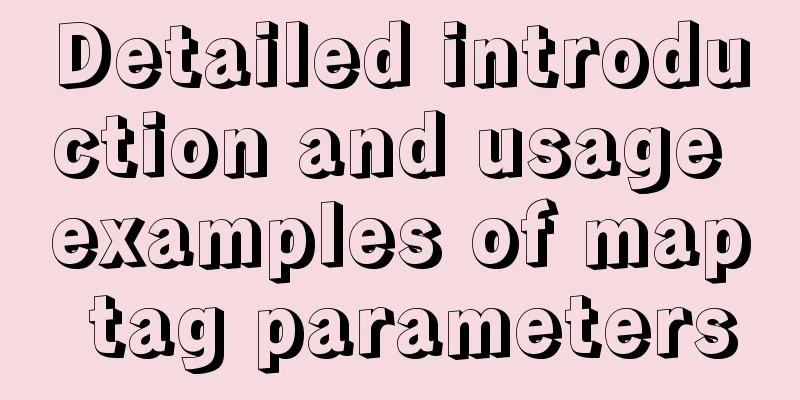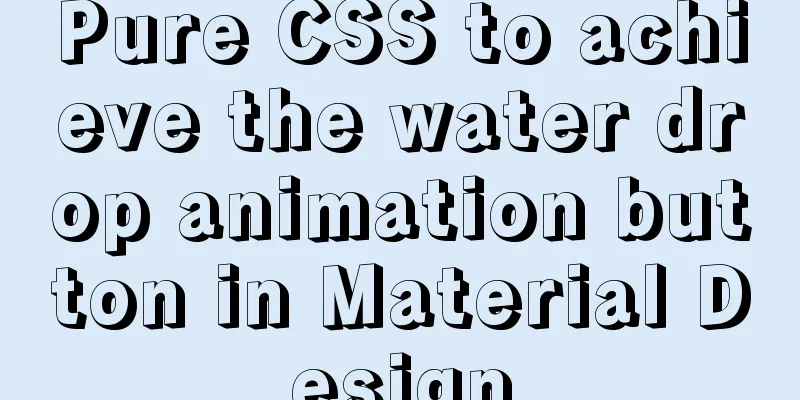Basic knowledge of HTML: a preliminary understanding of web pages

|
HTML is the abbreviation of Hypertext Markup Language. It is a language that describes the structure of a document, not the actual presentation. The HTML language uses descriptive tags (called markup codes) to indicate the different contents of a document. Markup codes are delimiters that distinguish the various components of text and are used to divide HTML documents into different logical parts (or structures), such as paragraphs, headings, and tables. The markup code describes the structure of the document and provides the browser with formatting information for the document to convey the appearance characteristics of the document. Pages written in HTML are ordinary text documents that do not contain any platform or program-specific information and can be read by any text editor. There are two ways to generate HTML files, one is manual compilation, the other is to generate them with a web page editor. Dreamweaver 3.0 is such a web page editor. When using Dreamweaver 3.0 to make a web page, Dreamweaver 3.0 generates the HTML file of the web page. Therefore, it is necessary to learn how to compile HTML files manually. The following introduces the basic knowledge of how to manually compile HTML files. HTML documents contain two kinds of information: one is the content of the page itself, such as text, graphics, etc.; the other is HTML tags that represent page elements, structure, format and other hypertext links. When a browser reads an HTML file and encounters an HTML tag, it displays the contents of the page in the format defined by the tag. The basic format of HTML tags is: <label>Page Content</label> The preceding tag indicates the beginning of the defined format, and the following tag indicates the end of this format. For example, “<B>Helloworld! </B>” means “Hello world” is displayed in bold. The two commonly used browsers, 360 and Internet Explorcr, interpret HTML tags differently, that is, the same tag will be displayed differently in different browsers, and the tags they can interpret are also different. Different versions of the same browser also have this problem. Therefore, you need to pay attention to this issue when compiling web pages. Generally speaking, this phenomenon will not occur with commonly used ordinary functions, but only with new and advanced functions. Dreamweaver 3.0 has taken these two browsers into account as much as possible and provided some methods to deal with these problems. HTML files are plain text files that can be entered using any text editor, such as Notepad in Windows Accessories. When saving the file, the file extension must be "HTML" or "HTM". The overall structure of the HTML file is as follows: <HTML> <HEAD> <TITLE>...</TITLE> </HEAD> <BODY> </BODY> </HTML> The following explains the HTML tags in the overall structure of an HTML file: <HTML>: The first HTML tag in every HTML page is <HTML>, which indicates that the content of the file is written in HTML language. All text and HTML tags in the HTML page are contained in <HTML>...</HTML> opening and closing tags. <HEAD>: The <HEAD> tag indicates that the text contained in this tag is the preface of other text in the document. Usually only a small part is written in the <HEAD> part of the file. Any text of the page content should not be written in the page header! <TITLE>: The text contained between the <TITLE> tags is called the page header title. The browser places the page header title in the title bar of the page window. <BODY>: The contents of an HTML page are contained in the <BODY> tag. To understand the basic format, concepts and tags of HTML files. Write the following content in the edited text file: <HTML> <HEAD> <TITLE>Hello World!<TlTLE> </HEAD> <BODY> <P>HeIIo World!</P> <P>This is my first web.</P> </BODY> </HTML> This is a simple HTML file. Let's name the file and save it. Pay attention to the following when naming the file: (1) In DOS/Windows systems, the extension should be ".htm", and in UNIX systems, the extension should be ".html" (note that in UNIX systems, the letter case in the file name is sensitive). |
<<: Implementation of Redis master-slave cluster based on Docker
>>: I have compiled a few cool design sites that I think are good.
Recommend
Implementation of Vue large file upload and breakpoint resumable upload
Table of contents 2 solutions for file upload Bas...
Basic usage of JS date control My97DatePicker
My97DatePicker is a very flexible and easy-to-use...
How to upgrade https under Nginx
Purchase Certificate You can purchase it from Ali...
Solution to the problem of returning 0x1 when the Windows 2008 task plan fails to execute a bat script
Test environment: C:\>systeminfo | findstr /c:...
Implementing search box function with search icon based on html css
Preface Let me share with you how to make a searc...
Detailed explanation of storage engine in MySQL
MySQL storage engine overview What is a storage e...
Deep understanding of JavaScript syntax and code structure
Table of contents Overview Functionality and read...
How to view and modify the time zone in MySQL
Today I found that a program inserted an incorrec...
How to install docker and portainer in kali
With the emergence of docker, many services have ...
Nginx Layer 4 Load Balancing Configuration Guide
1. Introduction to Layer 4 Load Balancing What is...
A brief discussion on four solutions for Vue single page SEO
Table of contents 1.Nuxt server-side rendering ap...
A brief discussion on whether MySQL can have a function similar to Oracle's nvl
Use ifnull instead of isnull isnull is used to de...
MySQL table name case selection
Table of contents 1. Parameters that determine ca...
How to match the size of text in web design: small text, big experience
With the rise of mobile terminals such as iPad, p...
CentOS uses expect to remotely execute scripts and commands in batches
Sometimes we may need to operate servers in batch...









